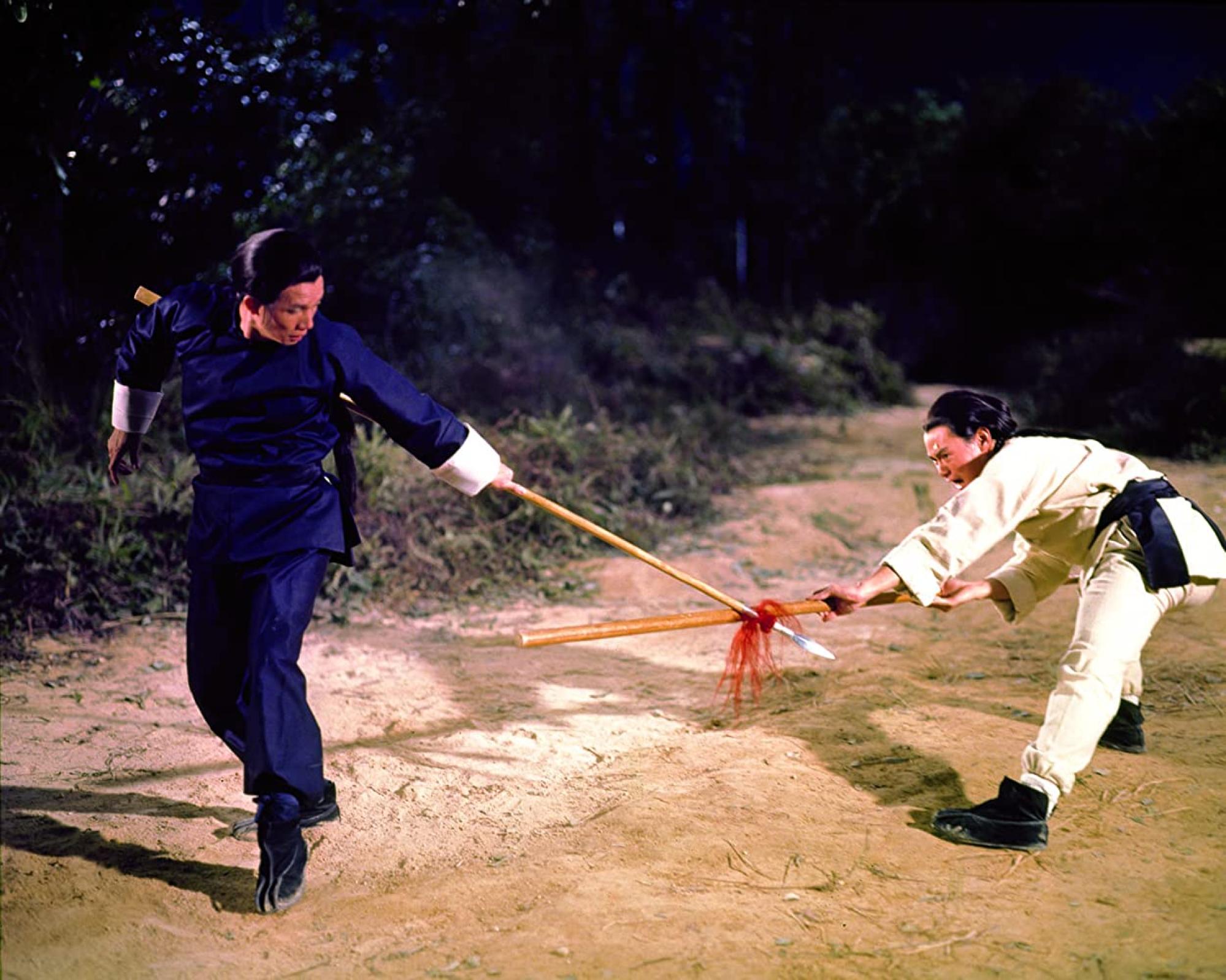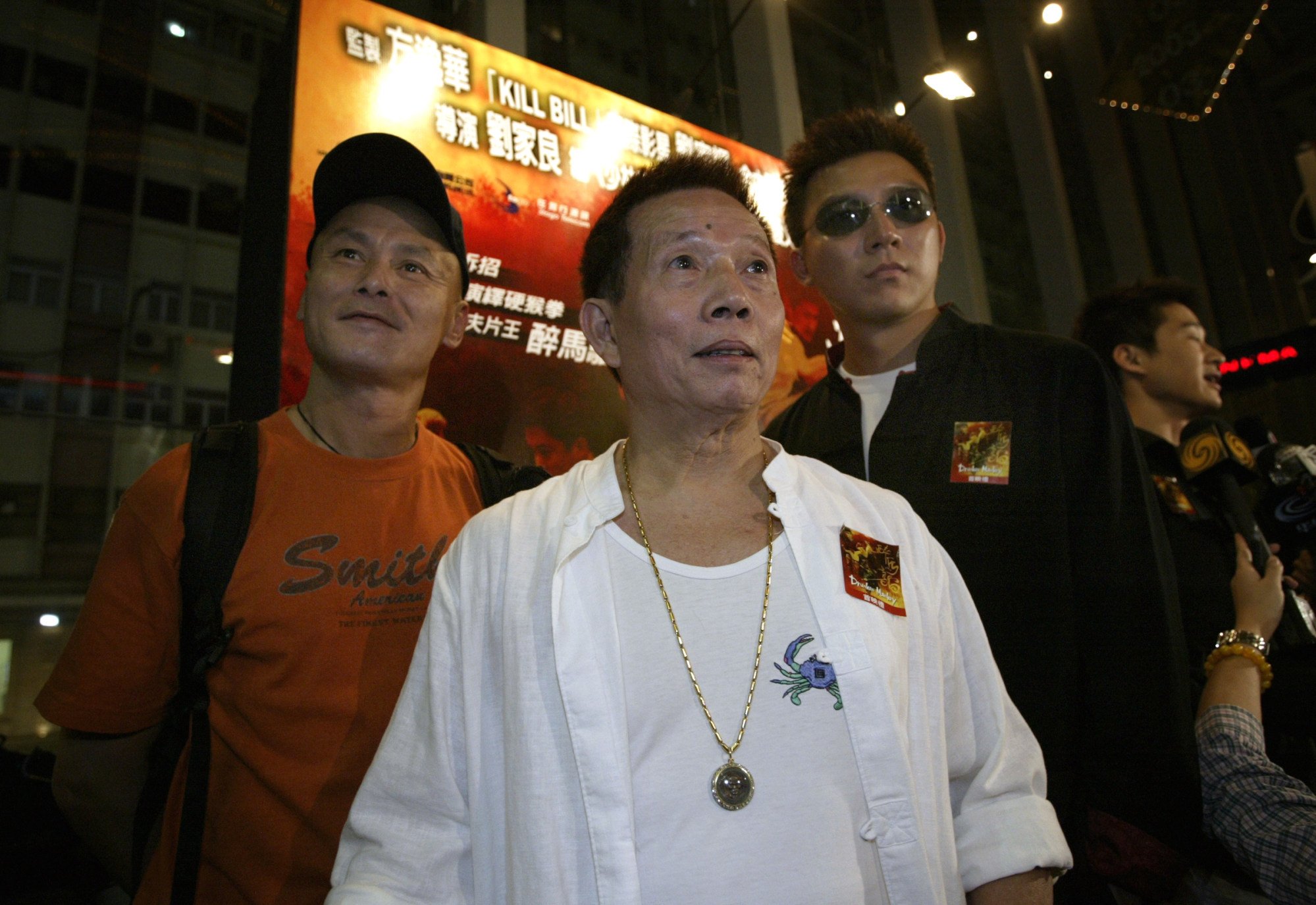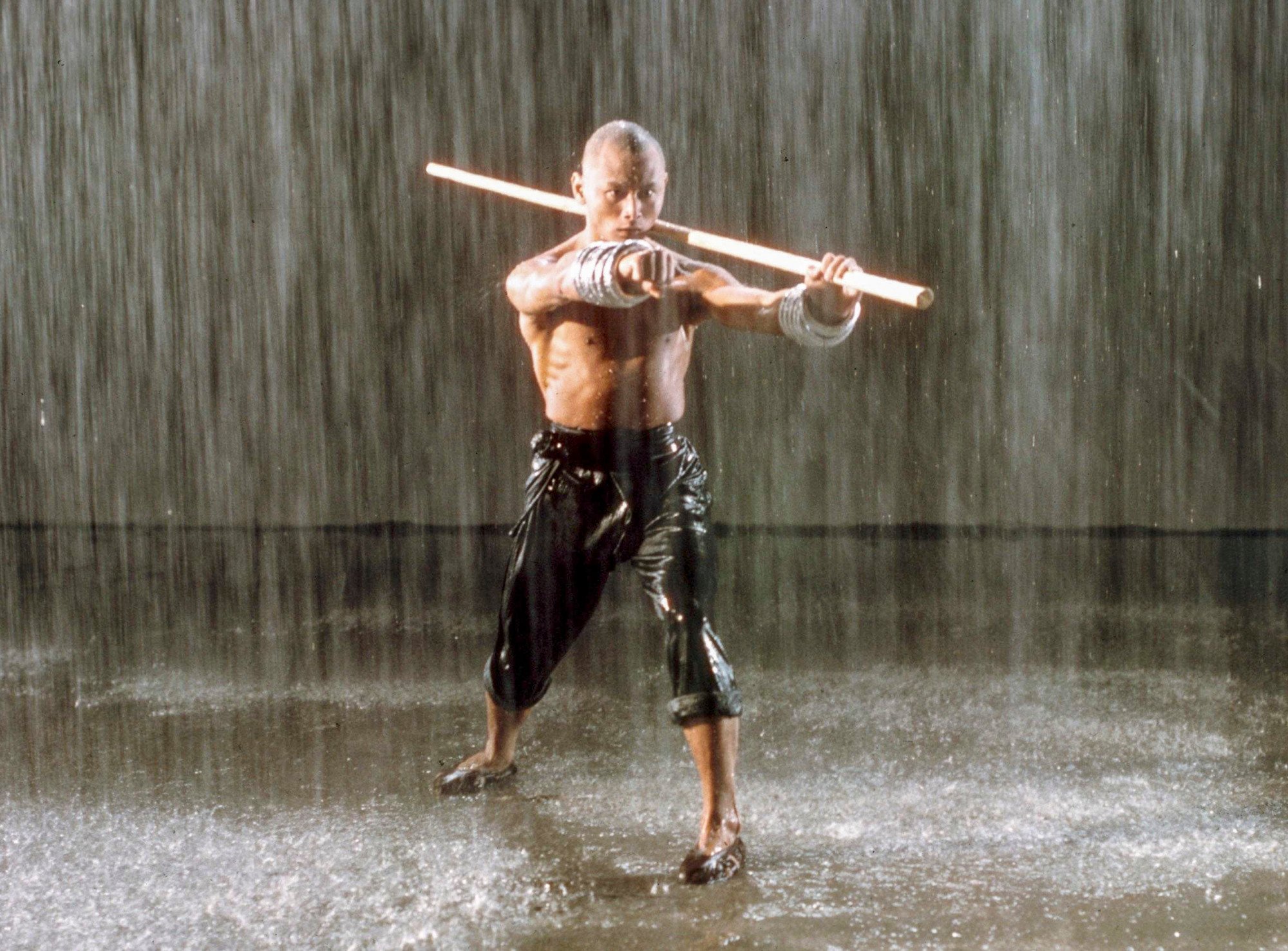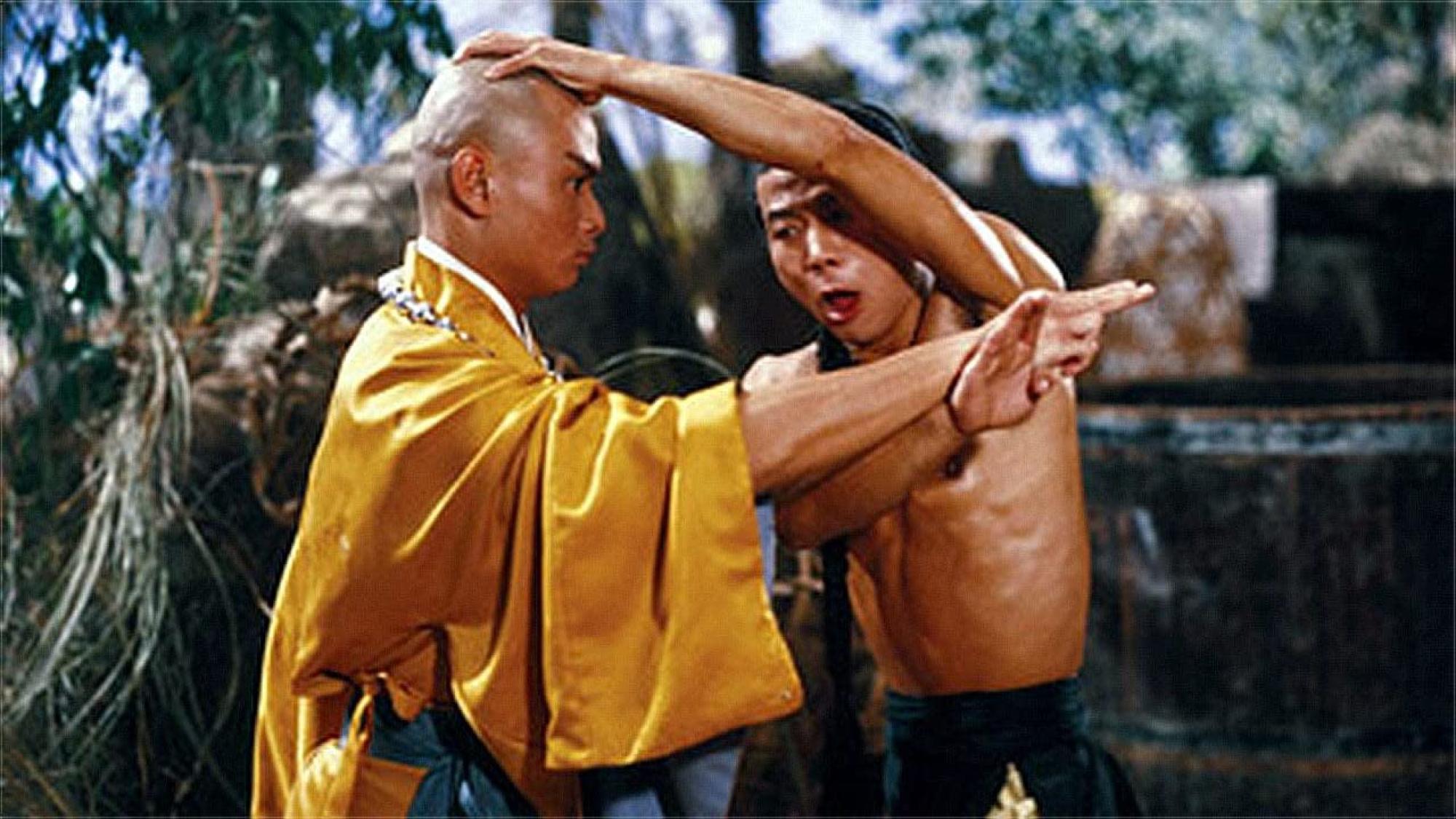Here are a few things to know about the living legend that is Gordon Liu.
1 His parents did not want him to learn kung fu
Liu developed an interest in learning kung fu as a child after seeing martial arts films at the cinema with his uncle. But his parents were dead set against him studying martial arts, as they thought it would lead to him getting into fights.
“When I was a kid, I was really naughty and would try to avoid going to school,” Liu told Kung Fu Magazine.
“Then, when I saw Lau Cham, I knew kung fu was something I had to learn, and that kung fu would be an important part of my life. So now I had an excuse to skip school to train in martial arts.”
Liu chose to study the “southern fist” style of Hung Gar, as it was hard and he wanted to challenge himself, he said.
2 He joined the family of Lau Kar-leung

3 He worked for Chang Cheh in his early years
Lau Kar-leung had made his name as a martial arts choreographer for the influential director Chang Cheh in the 1960s.
When Chang moved to Taiwan to set up an unofficial Shaw Brothers production subsidiary in 1974, Lau went with him and suggested that Liu should join them as an actor.
Lau had previously got Liu some work as an extra, as well a starring role in Breakout from Oppression in 1973, but Liu was not seriously considering an acting career. At that time, he had an office job in an accountancy firm.
“Lau wanted me to take two months off to make a film. I was only 17 or 18 years old, so I thought why not?” he told the Post. Liu ended up signing a contract with Chang.

But Lau had an acrimonious split with Chang, and moved back to Hong Kong to begin directing films for Shaw Brothers himself, leaving Liu behind in Taiwan.
Chang did not rate Liu’s acting skills highly. “It was the hardest time because I was on my own. I didn’t have many acting opportunities. I mainly fought on the set. If I had one line, I practised reading that line throughout the whole day,” Liu told the Post.
4 He became famous as a bald monk but preferred long hair
Growing up in the 1960s and 70s, Liu kept his hair long, and apparently liked it that way. He had rejected suggestions that he join the Royal Hong Kong Police because the job would entail a haircut.

“After high school, my brother-in-law was a chief police inspector and was trying to push me into doing the same thing,” he told Kung Fu Magazine. “But what stopped me? There was no way I was going to cut my long flowing hair.”
Liu agreed to shave his head to play the monk San Te in Lau’s career-making The 36th Chamber of Shaolin. The film made him famous, and audiences identified him with the character, so he decided to stay bald.
“At the time, to stay handsome, few actors shaved their heads,” he said. “I wasn’t handsome, and after I shaved my head, people thought I was special. When I was in Japan, people said I looked like Yul Brynner and I was happy about that.”
5 He is a committed martial artist
Liu has always been serious about the practice of martial arts, and he did not initially want to use his skills for entertainment in films.

“Acting is not why I practise martial arts. Even if my kung fu movies weren’t big hits, I’d still practise it,” he told the Post. “It’s my life.”
“Kung fu is not about killing. There is a philosophy, and a set of ethics behind it,” Liu told the Post.
6 He enjoyed working for Quentin Tarantino
Liu appeared in two films for Quentin Tarantino, Kill Bill and Kill Bill: Volume 2. In the first he played gang leader Johnny Mo; in the second Pai Mei, the villainous Shaolin traitor who defected to the rival Wudang sect.

“Tarantino said he wanted to make an action film with the 1970s fighting style used in old Hong Kong movies. He wanted the old school, practical kung fu – no flamboyant action,” he told the Post.
In this regular feature series on the best of Hong Kong cinema, we examine the legacy of classic films, re-evaluate the careers of its greatest stars, and revisit some of the lesser-known aspects of the beloved industry.







